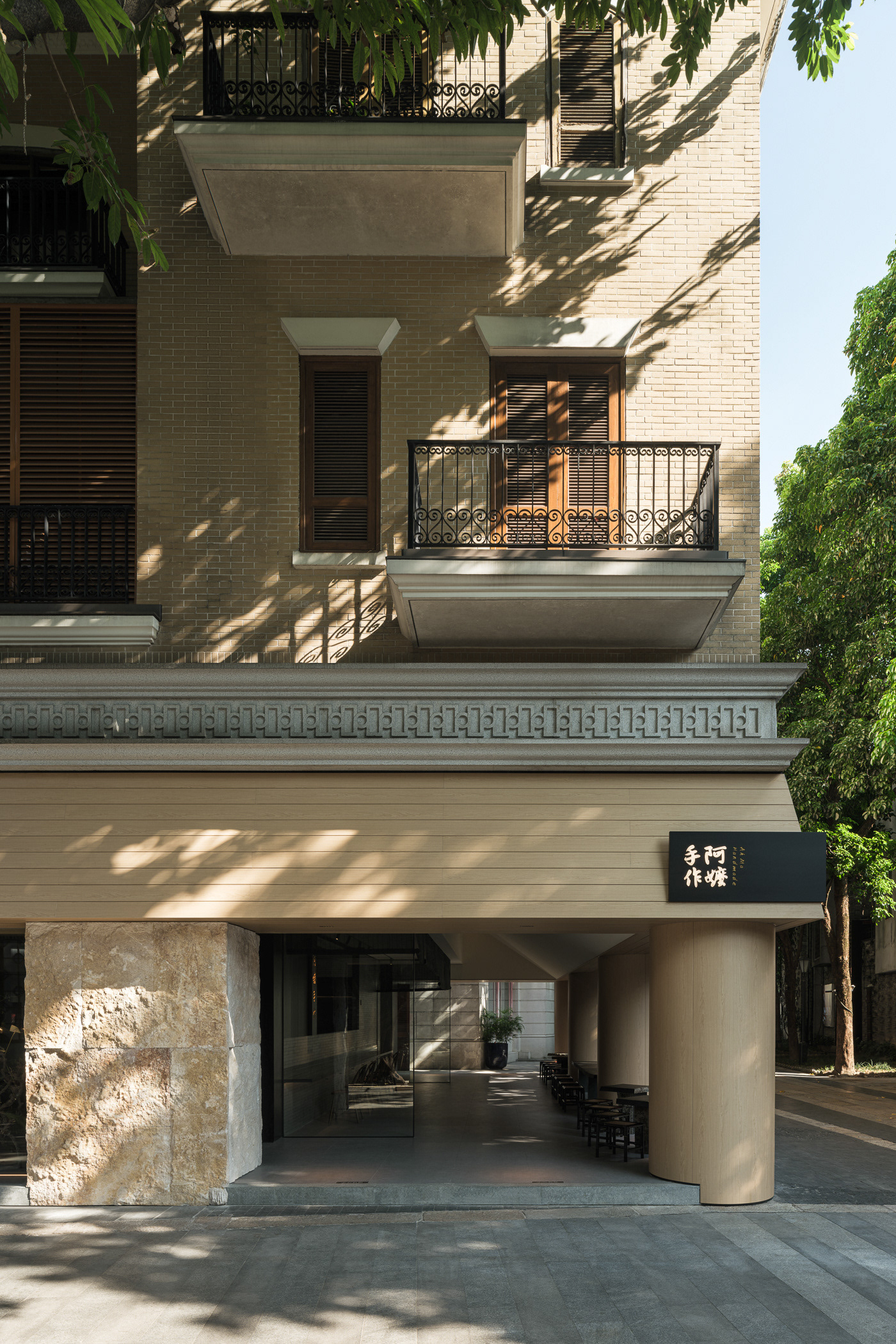
Title Sequence Design
Project Brief
This project required us to conceptualise, storyboard, design and animate a title sequence. We were given blurbs from books that have yet to be made into features. Our task was to conceptualise the narrative and visual treatment based off the blurb alone.
Deliverables
01 | Final Storyboard
02 | Title Sequence
Design Strategy
Our chosen blurb was 'Death by Carbs' by Paige Nick, and for this project, we took inspiration from the title itself for the concept of our title sequence. Using film, we took a humorous approach to the idea of carbs being viewed as something 'deadly' and by using extreme close ups and quick shots of different foods, we aimed to remove different foods from the context of being fresh, good quality food. Instead, we aimed to make that food look gory and gross in order to make the viewer uncomfortable and with the addition of mould in the later scenes, the theme of carbs and food being deadly was enhanced.
The Blurb
When someone kills dieting guru, Professor Tim Noakes, Detective Bennie September has more suspects than solutions. It’s not a whodunit, it’s a who-donut. Banting culture, otherwise known as the HFLC lifestyle (high fat, low carb), spearheaded by Professor Tim Noakes, has exploded in South Africa and is soon to hit the world. The Real Meal Revolution (Quivertree, 2013), has sold more than 200,000 copies and is still picking up speed. Noakes is constantly in the South African news for his controversial, game-changing theories.
Inspiration
Our initial storyboard explores the inspiration of close ups, and different camera and lighting techniques we could explore to create an uncomfortable, creepy atmosphere in presenting the food.

Mood board showing our initial concept and ideas.
We also took inspiration from the title sequence of the series, Dexter. The screenshots below are examples from the title sequence of how the extreme close up shots and lighting have an effect on the viewer that makes an action that is generally 'normal' appear really creepy and incredibly uncomfortable. This is why this specific title sequence became our main inspiration and reference in order for us to create our title sequence.

Screenshots from the TV series, Dexter
Mould experimentation
In a build up to our final scene, we made use of mould to create an additional feeling of creepiness and lack of comfort in the viewer. After a large amount of experimentation and research, we came to the solution of using cotton wool and powder food colouring to create fake mould on the food.

Mould research with the bottom two photos being mould that we created as experimentation
Type exploration
We decided to incorporate our identification tags within the food and objects we filmed. Below are explorations of different typefaces and ideas for the different placement of type within our shots.

Initial Storyboards
The initial storyboard phase of this project allowed us to explore and conceptualise our ideas for our title sequence. We explored different angles, shots and scenes in order to help with the inspiration and planning process before filming began.

Filming Progress
As we went through the filming process, we discovered exactly what kind of shots we were aiming for, and our improvement in the production of those shots grew as we continued. As we started the process, we started out with more wide angle shots but as day 2 of filming came, we became more comfortable with the equipment and started shooting more closeup shots. By day 3 of filming, we began using a macro lens, and this massively improved the quality of our shots as we were able to capture more detail in the extreme closeup shots. These close ups allowed us to create the exact atmospheres we were aiming to create.

Grading
After creating the perfect extreme close up shots, using grading we aimed to further enhance the creepy, uncomfortable atmosphere that we set out to achieve. We aimed for the raw photos to have contrast and saturation in order for the grading to be successful in its creation of the atmosphere. After the grading was created in Adobe Photoshop, we applied it to the film in After Effects. The grading allowed us to set the final mood and feel for we wanted to express in our title sequence.

Typography
The typefaces we used are a combination of Velvet and Avenir Next. The Velvet font was our primary typeface and is a heavy, retro typeface that expresses a sense of tension and discomfort with its sharp angles.

Final Storyboard
Our final storyboard is made up of screenshots from our final title sequence and these storyboards are displayed with descriptions of the what the audio (A) and video (V) are doing at the time of those screenshots.

The Title Sequence








